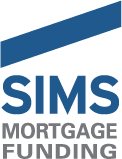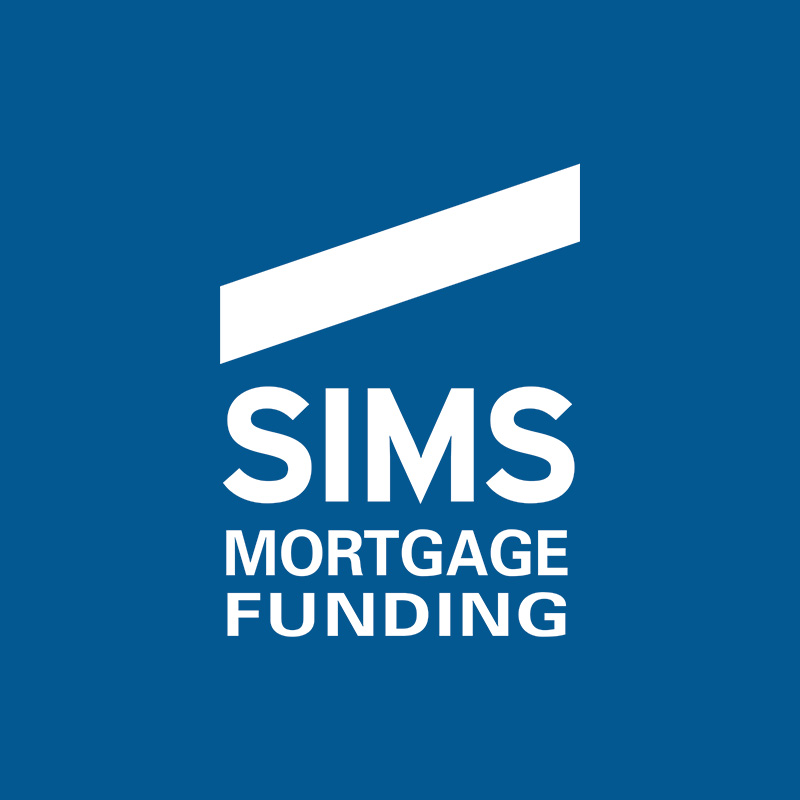HUD mortgage insurance has become very popular over the past several years. This has been driven by historically low interest rates, which continue to remain favorable, and the success of the Lean program for healthcare and assisted living projects, which has created a standard underwriting template and expedited processing platform for mortgage insurance applications. HUD is in the process of restructuring their Multifamily Accelerated Processing (MAP) operation in a somewhat similar fashion through its Multifamily for Tomorrow (MFT) initiative.
As a result of HUD’s popularity, there are now more projects than ever with insured loans. However, if an owner wants to invest in capital improvements yet keep the existing loan in place, how do they obtain additional financing? The answer is the HUD Section 241 Supplemental Loan Program, which is an excellent way to obtain additional financing on a property that has a HUD-insured loan in place. Here is our “top three” list of things you should know about using the Section 241 Program.
1. HUD has Supplemental Loans for all project types.
There are Supplemental Loan programs that cover multifamily rental housing, skilled nursing and assisted living, and hospital projects. However, each of the Section 241 programs has its own delivery platform: Lean for healthcare; Multifamily Accelerated Processing (MAP) for housing; and the Office of Hospital Facilities (OHF) for hospitals. Each program also has different underwriting criteria, debt service coverage tests, annual mortgage insurance premiums, and maximum loan calculations; the general rule of thumb is that the Supplemental Loan can’t exceed 90% of the cost of the improvements being financed.
2. Supplemental Loans cover a wide array of activities.
The Section 241 Program can be used to finance: expansions of existing facilities; capital improvements and equipment purchases; the installation of fire-safety apparatus; and, energy-efficient infrastructure. In fact, a single Supplemental Loan could encompass all of the above activities. We have successfully used the Section 241 program to finance additions of assisted living units and rental units to skilled nursing and multifamily housing projects respectively, renovations to market-rate rental housing to maintain competitiveness in a changing environment, and, in one case, several expansions to an assisted living/memory care facility.
Looking ahead, we are currently developing Section 241 financings for an emergency department expansion for a hospital in California, additional units of market-rate multifamily housing in Louisiana, and an upgraded energy plant for a skilled nursing facility in Rhode Island.

3. Prevailing wages are not always required for Supplemental Loans.
One of the main challenges of using HUD’s mortgage insurance programs is that the general contractor has to pay not less than the prevailing wage rate, also known as the “Davis-Bacon” wage rate, on construction and/or substantial rehabilitation projects. However, under Section 241, prevailing wages are not automatically required, even in the case of an expansion of an existing project that involves new construction. HUD requires the payment of prevailing wages on Supplemental Loan transactions if the underlying program requires the use of prevailing wages. For example, a Supplemental Loan for a project whose underlying loan is insured under Section 221(d)(4) or Section 232 would require the payment of prevailing wages since those programs require Davis-Bacon wages. However, a Supplemental Loan for a project whose underlying loan is insured under Section 223(f) or Section 232/223(f) would not require prevailing wages, as those programs do not have such a requirement.

